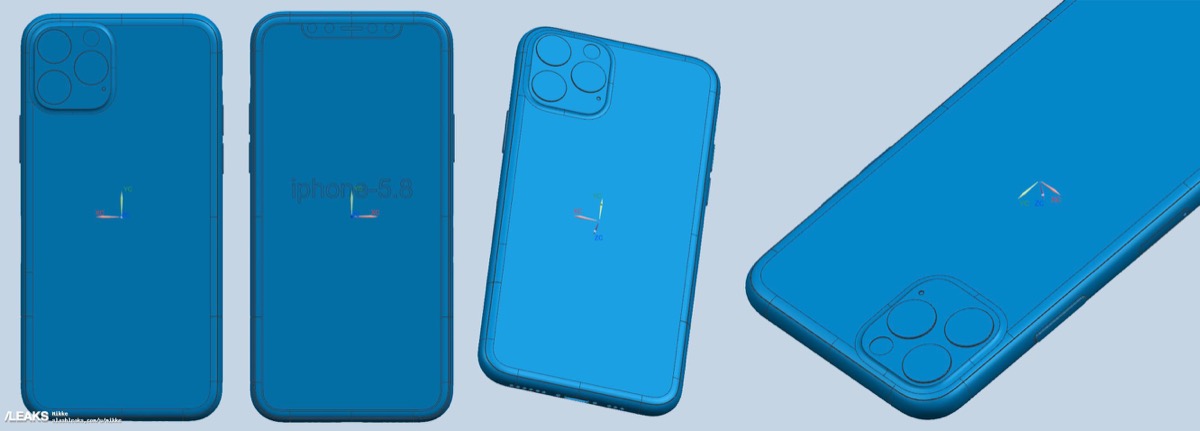Huawei has had a rollercoaster month. First, the company was placed on an entity list, prohibiting US companies from doing business with it. Then, this weekend, Donald Trump eventually reversed course in a face-to-face meeting with Chinese premier Xi Jinping at the G20 Summit in Osaka, Japan.
This is excellent turn of events for Huawei. Just a few weeks ago, it faced oblivion. The embargo was an existential threat for the company, preventing it from sourcing chipsets, mobile modems, and even the underlying ARM instruction sets used by its HiSilicon Kirin processors. Now, it’s able to resume as it previously did.
Huawei doesn’t emerge entirely unscathed, however. It’s suffered tremendous reputational damage, which will take years to reverse. The company, which quickly obtained market share in Europe and Canada thanks to its (frankly, excellent) flagship phones, now looks like an unknown quantity. Consumer doubt about the long-term viability of Huawei will linger.
But I can’t help but feel as though the biggest loser from this spat will be Silicon Valley, however, which was a major supplier to Huawei.
This incident has shown that Huawei’s biggest vulnerability is the globalized nature of its supply chain. The company was brought to its knees, all because it sourced much of its components from Western firms like Intel, Qualcomm, Google, and ARM. Although it’s been given a reprieve, you can guarantee China’s tech ecosystem will be working extra time to ensure that it never again finds itself in such a precarious situation.
On a very basic sense, it’ll mean that in the coming years, Chinese firms will be wary of sourcing components and technology from foreign firms.
Looking at the smartphone sector, you’ll see China is a dominant player. That’s thanks to firms like Huawei and BBK Electronics (which owns Oppo, Redmi, and OnePlus). Each year, they spend billions on components and licensing….
https://thenextweb.com/plugged/2019/07/01/silicon-valley-is-the-biggest-loser-from-trumps-war-with-huawei/















